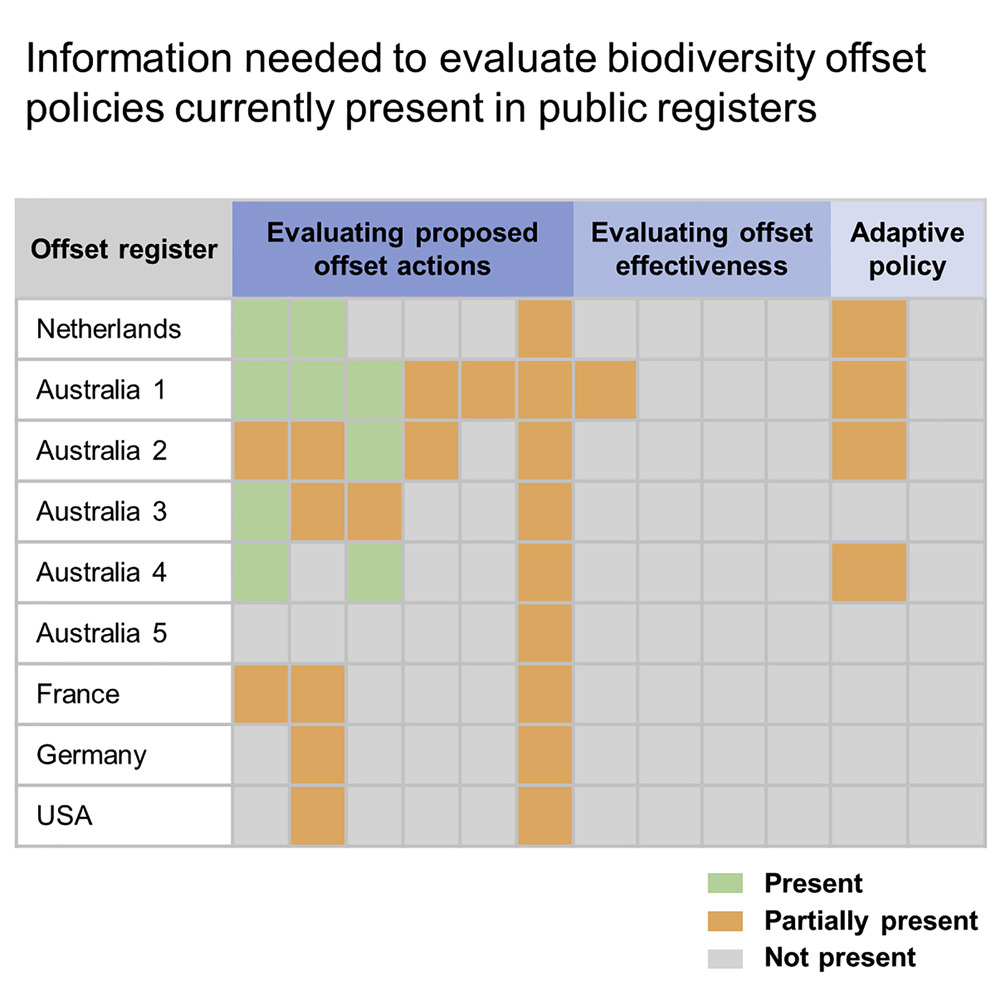Elsevier,
The Lancet Public Health, Volume 7, June 2022
An Editorial on the cost of living crisis, in the context of SDGs 1, 2, and 3, calling for governments to act urgently to address poverty and food insecurity to avoid further compromising the health of populations, especially children.
Elsevier,
The Lancet Regional Health - Americas, Volume 10, June 2022
An Article on the increase in hunger brought about by the COVID-19 pandemic, in the context of SDG 3, focusing specifically on the Supplemental NutrAticition Assistance Program on mitigating this indirect effect of the pandemic on a national level across the USA.
Elsevier,
Energy Nexus, Volume 7, September 2022, 100093
This article supports SDGs 9, 11 and 13 by employing an Urban-Water-Energy (UWE)-Nexus approach to understand water and energy demand and their interactions in both space and time for Rhode Island and quantifies the extent and exposure of the Urban Heat Island effects among its towns and urban populations using high-resolution details.
Elsevier,
One Earth, Volume 5, 17 June 2022
Local actions have been considered as an important path for effective climate actions, but the extent to which community-level plastic waste elimination actions can be effective in coastal regions are unclear. This article leverage a nation-wide case study in Australia to show that community-level plastic pollution reduction actions can result in large benefits, regardless whether the plastic pollution was originated from the community or not.
Elsevier,
Applied Food Research, Volume 2, June 2022
Edible film, with unique biodegradable and renewable characteristics, is considered a potential alternative for petroleum-derived polymer packaging. The review provides an overview on the various aspects of edible film, such as the film formulation, source of materials, film characteristic as well as safety and regulations of edible film applications.
Elsevier,
Applied Food Research, Volume 2, June 2022
Brewer's spent grain (BSG), a protein-rich agro-industrial by-product, was used to develop edible film. The effect of pH and protein concentration on the physical properties of films were studied. While high pH favors the increase in the protein film's solubility, with increased tensile strength, elongation at break, and puncture strength; swelling capacity, water activity, and water vapor permeability (WVP) decreased with increasing pH. Increased concentrations of protein in films resulted in enhanced moisture content, mechanical properties, and water activity. Furthermore, the transparency values of films were increased by increasing pH and decreased by increasing the protein concentration.
Elsevier, The Lancet Child and Adolescent Health, Volume 6, June 2022
Background: There are 15·4 million children who are HIV-exposed and uninfected worldwide. Early child development crucially influences later academic and socioeconomic factors. However, the neurodevelopmental outcomes of HIV-exposed uninfected (HEU) children in the era of maternal antiretroviral therapy (ART) remain unclear. We aimed to examine the effects of in-utero exposure to HIV and ART on child neurodevelopment.

